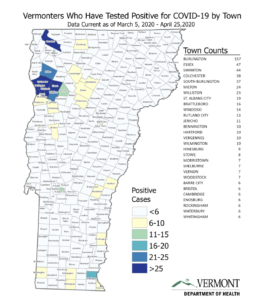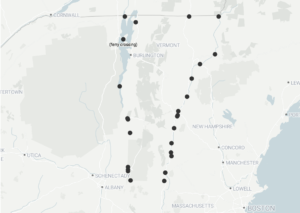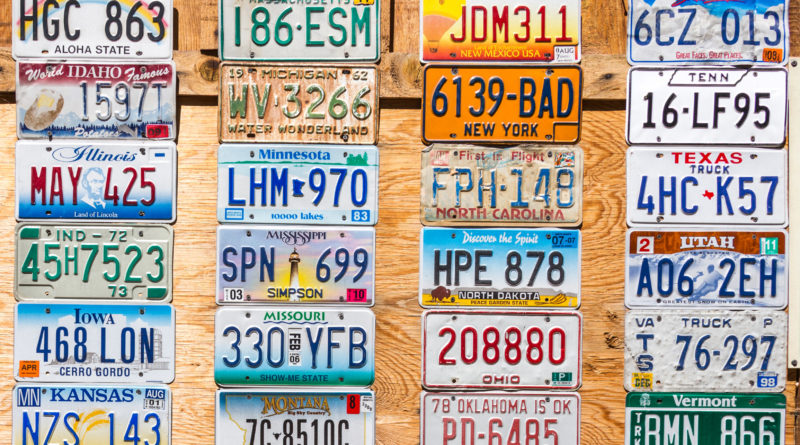Did Skiers and Riders Bring in Covid-19?
As Vermont’s numbers drop and the state cautiously reopens, the question remains: what happens when hordes of nature-starved, trail-hungry New Yorkers/Bostonites/fill-in-the-blank-flatlanders start making a beeline for our mountain bike and hiking trails this summer?
Already, Vermont has seen its share of xenophobia as sports towns around the state have been flooded with out-of-state plates. In early March a Vermont local skier (who asked to remain anonymous) took a friend who was visiting from Connecticut out for some laps around the nearby Nordic trails. At the end of the day, the Connecticut friend got a phone call: he had tested positive for coronavirus. “Fortunately, I’d been really careful and we’d not skied anywhere close to each other,” said the Vermonter. He quarantined for 14 days and showed no symptoms.
Around the state, there were reports of locals shaking their fists, honking their horns and in some cases, getting into altercations with visitors from out of state. Visitors who naively posted photos of their exploits skiing or mountain biking, got flamed on social media. Some were second-home owners who were sheltering up north. Others, weekend skiers who never left to go back home. Vermont saw its share of refugees from urban areas who booked Airbnbs and other rentals before Gov. Scott issued the March 25 order that all lodging must close.
Yet new data released by the Vermont Department of Health doesn’t support the theory that out-of-state skiers and riders brought the virus with them in March. In Rutland County, home to Killington Resort, the ski area that draws by far the biggest number of out-of-state skiers and riders, only 13 tested positive —all in the city of Rutland, not in the Killington/Mendon area. Stratton saw no cases. The Mad River Valley has seen no cases. Montgomery and Burke (home to Jay Peak and Burke) have seen none. Wilmington, home to Mount Snow, the southernmost ski area, did see 10. But these numbers pale compared with the population center of Burlington and its surrounding towns where, collectively, more than 200 cases have been reported.
Nor has there been an influx of visitors, as some predicted. “We wanted to find out if that was indeed true,” Governor Phil Scott said, of the complaints that out-of-state visitors were flooding Vermont. “So we have developed that baseline. We want to continue to monitor.”

The Agency of Transportation had posted 38 checkpoints at border crossings around the state. According to data released by the Vermont Department of Transportation, 779,219 out-of-state license plates and 802,023 Vermont license plates were counted at border crossings since April 1. Those numbers are consistent with normal traffic patterns.
But we still want to pay attention, especially as the weather gets better,” Gov. Scott said. “As we open up, we want to make sure we’re paying attention, and bringing all that information together to figure out what we should do next.”


FTR, I personally know of two cases in the MRV-both from 3-5 weeks ago-so your source here/above was incorrect.
Hi Nils, our source is the Vermont Department of Health’s official website. It could be people either were not officially tested or tested elsewhere or listed as residents elsewhere.